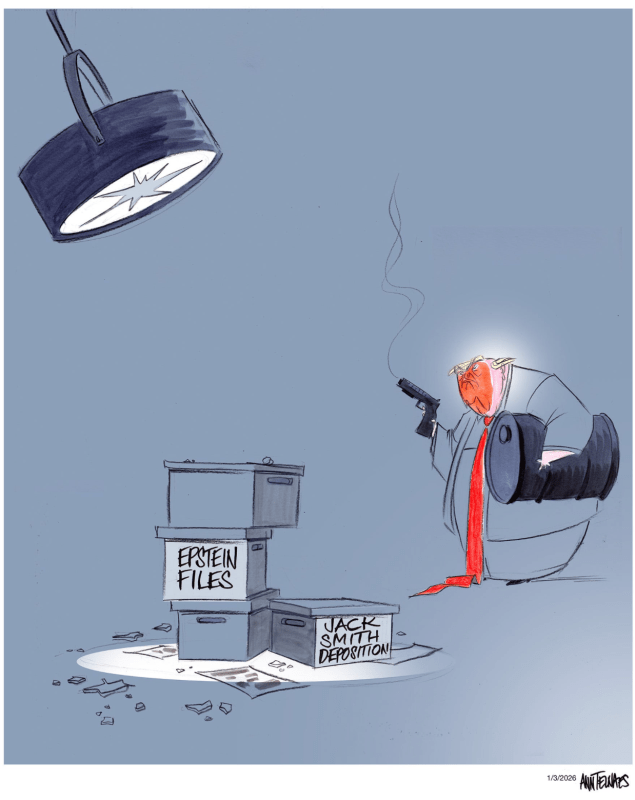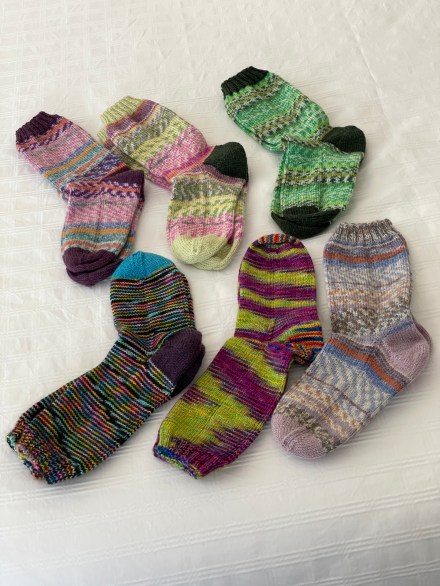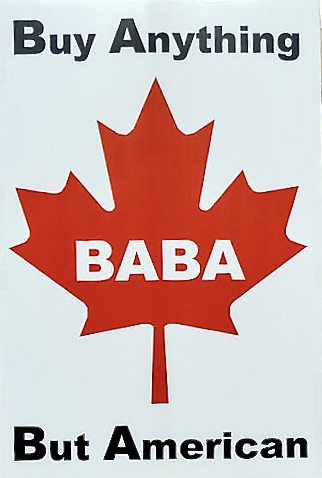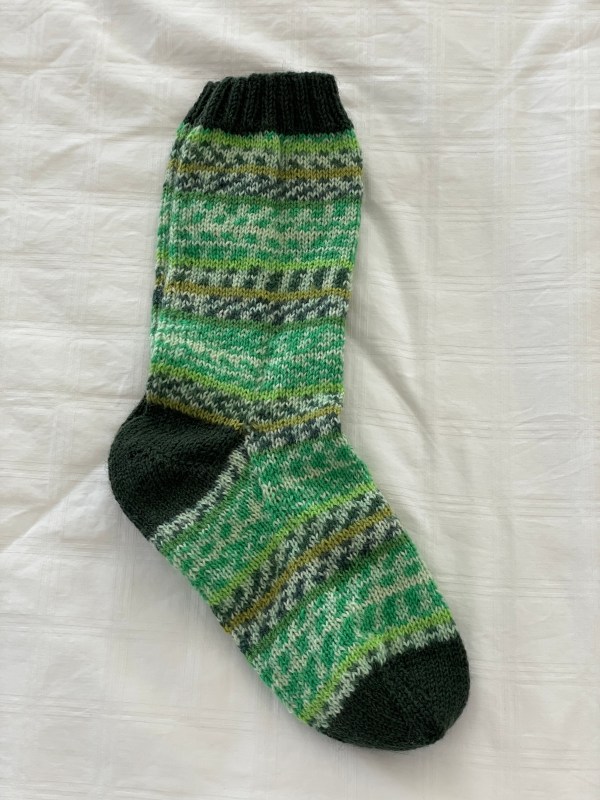Buy Anything…But American!
This was an image from Charlie Angus’ Substack post today: https://charlieangus.substack.com/p/canadas-people-power-movement-deals?utm_source=post-email-title&publication_id=2946092&post_id=176364927&utm_campaign=email-post-title&isFreemail=false&r=cgren&triedRedirect=true&utm_medium=email
Perfect for a small patch for the windshield (or a bumper sticker)
I know I shouldn’t have done it (copyright and all), but I couldn’t resist – I turned that sign into a logo I can use.
Charlie’s piece: Canada’s People Power In Action is about the negative economic impact our grassroots boycott of US products is having in the US and the positive impact it’s having here in Canada.
…new statistics reveal the staggering impact that Canada’s boycott is having on the United States. The American liquor industry is reporting an 85% drop in sales to Canada. That is a staggering hit.
We need to remind ourselves to keep this going! There are alternatives in the grocery stores – from Mexico, Peru, France, … and if you can’t find one, maybe this isn’t the week to buy that particular item.
This boycott matters!
Much of the response in the US is that we’re mean, they’re the victims, innocent bystanders…
The United States still doesn’t get it.
Our feelings aren’t bruised. We are deeply offended by the attack on our sovereignty as a nation and the disintegration of the rule of law south of the border. The response has been a national campaign of grassroots resistance.
This is people power in action.
We have been using our purchasing power to strengthen the Canadian economy – we can definitely do that in a more focused way.
The boycott may be disastrous for the MAGA economy, but it is creating a unique opportunity for Canada. We need to seize the moment.
Now to find our voices and make our political leaders understand together we need to build Canadian economic independence – not based on projects like the Keystone XL pipeline (which does nothing to reduce our dependence on fossil fuels, even if it was offered to trump as an inducement to engage in trade talks – a waste of time – his fickle decisions are no guarantee of economic stability for us – not worth the paper they will be written on!).
We have to find ways of increasing our spending and investing here at home in projects that establish new industries which support (rather than degrade) our environment, which build a different kind of military (let’s learn from Ukraine and Finland – warfare is changing very fast), which strengthen our Canadian cultural activities and showcase all Canadians.
There’s lots of work to be done – let’s get going!
Me, I’ve printed out the “sticker” above, it’s going in the corner of my windshield, today.








